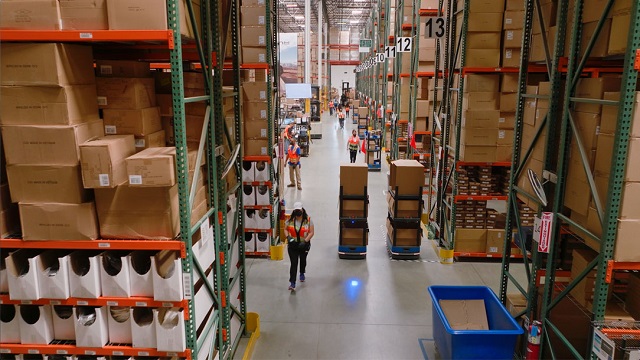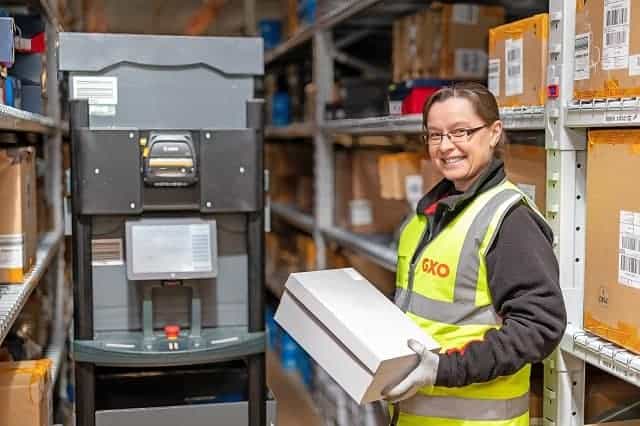Recent advancements in robotic technology have seen a marked drop in the use of traditional warehouse order picking equipment in order fulfillment operations. Instead of human associates traveling through product aisles to identify SKUs and retrieve them for sorting/packaging, robots are now getting involved in the order picking process.
Despite the benefits that automation and robotics bring to supply chain operations, some facilities still use traditional warehouse picking equipment. Some use them because they invested heavily in these legacy solutions and are yet to reap the ROI after so many years. Others do so because they believe that their operations aren’t large enough to warrant automation, while some may be unaware of the benefits that robotics can bring to their fulfillment operations.
Whatever the reason, robotics and automation systems are no longer nice-to-have gadgets — they’ve become indispensable in modern order fulfillment and warehouse management operations. If you’re still on the fence about ditching your legacy equipment for advanced robotics, here are some ways that traditional warehouse equipment don’t empower your team to compete.
Warehouse order picking carts
Traditional warehouses typically use picking methods based on person to goods methodology. Human associates move around the warehouse to identify and retrieve the SKU(s) on their order list. When they retrieve each item, they place it into order picking carts and move these carts around until they identify the next SKU. After picking all the items on their list, they push these carts back to sorting/packaging stations.
These carts are heavy and cumbersome to move around, especially when full. This places physical strain on human associates since they have to push these carts as they travel through the warehouse until all the items have been retrieved. These carts slow down overall productivity and increases the time used to fill orders because human associates move around at a pace that can be slower than average walking speed. Aside from the added physical strain, associates must memorize item locations, which increase mental stress and creates more room for human error due to fatigue.
Barcode scanners
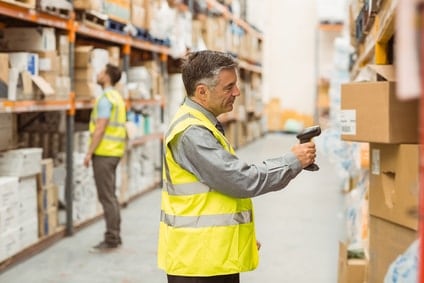
While barcode scanners can improve productivity by decreasing the rate of mispicks, they can be cumbersome and slow to work with. Typically, they have a short reading zone and are unable to scan items that are far away or high up. These scanners also require associates to use at least one hand, thus preventing them from performing other tasks optimally.
Some items may require multiple scans either because there are multiple barcodes to choose from or the barcodes are difficult to read or inaccurate. Moreover, barcode symbologies require compatible barcode scanners. While basic barcode scanners typically can read most 1-dimensional barcodes, 2-dimensional barcodes may require more sophisticated scanning devices.
Forklifts, lift trucks and turret trucks
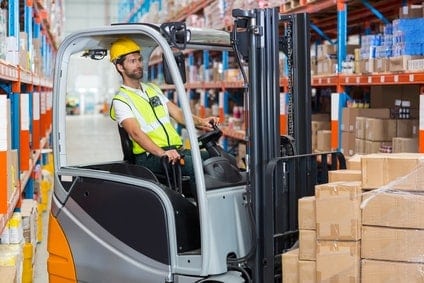
Since warehouses sometimes store a range of products including bulky items, heavy lifting is needed for order fulfillment and replenishment operations. Traditional facilities that handle large, heavy orders usually make use of forklifts, lift trucks and turret trucks to do the heavy lifting. While this reduces the physical fatigue of human associates, this equipment introduces several concerns. Statistics show that forklifts are a major safety risk in warehouse settings, causing about 95,000 injuries every year. They are manned by human operators and as such, are prone to human errors. Improper handling can lead to damaged inventory and serious injuries for warehouse associates. These accidents are caused by a range of factors including driver fatigue, improper training, loss of control and instability.
Forklifts, lift trucks and turret trucks can also lead to aisle congestion and can be difficult to maneuver in facilities with narrow aisles. This means that warehouses that want to leverage forklifts may have to execute heavy infrastructural changes before deploying them.
Collaborative mobile robots: a smart alternative to traditional warehouse picking equipment
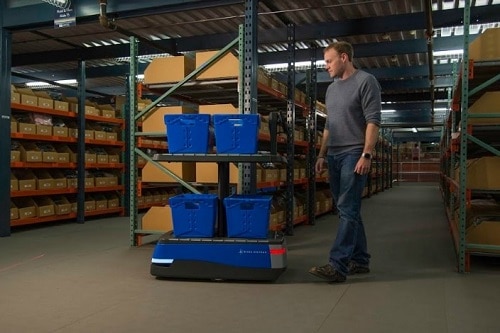
To counter all the cons of traditional warehouse picking equipment, businesses should use collaborative mobile robots to boost productivity and increase accuracy in order fulfillment operations. These cobots offer several benefits:
- Flexibility and scalability – Operators can rent additional units to accommodate higher demand periods and return them when demand returns to normal. It’s easy to add units when needed and transfer units between facilities.
- Lower capital costs – Collaborative robots require no infrastructure changes, resulting in lower upfront capital investment compared to some traditional order picking equipment.
- Improved accuracy – By guiding associates through tasks, displaying the item and quantity to be picked, collaborative robots help to reduce human error for more accurate order fulfillment.
- Reduced physical strain on associates – Collaborative robots transport items to the next location, alleviating physical strain on workers.
- Increased pick rates – Collaborative robots help to minimize unnecessary walking and keep associates on task, allowing them to do more in less time.
To learn more about the benefits of leveraging collaborative robots in your warehouse order fulfillment facility, check out our webinar recap, Optimize Fulfillment with Collaborative Robotic Picking.
